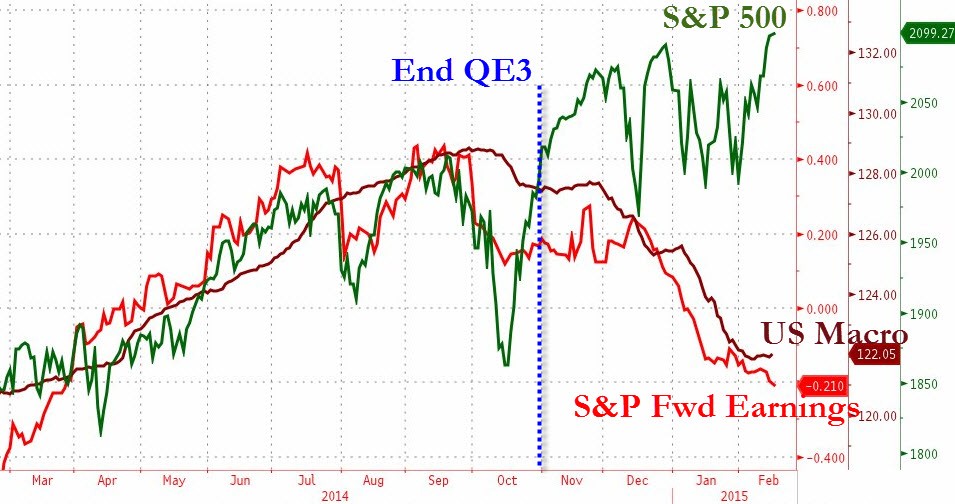Cutting Edge Options Trades The ZeroPremium Hedge
Post on: 29 Апрель, 2015 No Comment

One of the more popular ways that hedge funds make money is to be long and short on any number of combinations of stocks and/or other securities. The principle is simple enough: buy, for instance, the bank with the best fundamentals and most secure lending and investing book, and sell short its competitor that is in the hottest water. The difference in their respective stocks’ performance becomes the trader’s profit.
There are a number of variations on this theme, and a number of instruments that can be employed to effect the trade, from stocks to futures to options. Here we highlight one of them: a trading strategy that requires neither capital nor a hedge fund’s leverage to put into play. It’s called a zero-premium sector trade.
Why Zero Premium?
The trade is called zero-premium because it’s essentially cost-free. An investor buys one call option and sells another of roughly equal value. The two trades offset one another, producing a net-zero total outlay for the investor.
How It Works
There’s no getting around it; to employ this technique, an investor has to do his/her homework. Good research is the key to success with the zero-premium sector trade. Determining the best-run, most dominant company in a sector — the firm whose stock has the greatest probability of appreciating in value in the near term — is critical to creating the greatest return. That said, a profit can be had by finding a company that, at the very least, outperforms the sector.
When the research is done, one simply buys a call option on the stock, then simultaneously sells a call option of roughly equal value on the sector ETF. This shouldn’t be a great challenge since most sector ETFs offer a great many option strikes to choose from. One also has to be sure that both options have the same expiry.
A Real-Life Example
Consider the following scenario: you believe that gold producer XYZ will significantly outperform its gold brethren over the next three months, so you purchase a six-month XYZ call option with strike price 45 (the stock now trades at $41.00) for $2.90.
At the same time, you sell one GDX (gold stock ETF) 44 call option for $2.90 (the ETF is trading at $38.50. The trade is executed virtually cost-free (before commissions).
There are now three possible outcomes for the trade:
You are correct, and by expiration, XYZ rises roughly 25% to $51.00 and GDX rises only 15%, to $44.25. The long call is intrinsically valued at $6.00 ($51 — $45), and the short call is worth 25 cents ($44.25 — $44). Your total profit on the trade is $5.75. Not bad, for a net investment of $0 (less commissions).
You are correct, but by expiration neither XYZ stock nor the ETF manage to climb above their respective strike prices. The options expire worthless, and you will have earned a loss equal to the size of your commissions paid.
Therefore, if, for example, XYZ and GDX both trade up to $44.00 (remember, the ETF started at a lower price), the short ETF call will now be worth $5.25, while the long XYZ call will only trade at $3.75. You will be at a negative $1.50 balance at this juncture with the action working against you. Again, it is best to unwind the position (i.e. sell the long call and buy back the short call) at a small loss.
Advantages and Disadvantages of the Strategy
On the downside, the trade does require monitoring, and most brokerages will also require significant margin to cover the unhedged short call — likely in the neighborhood of 25% of the value of the underlying security. This is because, theoretically at least, the short call has unlimited risk. That said, the risk on a short ETF position is significantly less than on an individual company stock which might be subject to, for example, a one-time calamitous occurrence or a takeover or the like.














